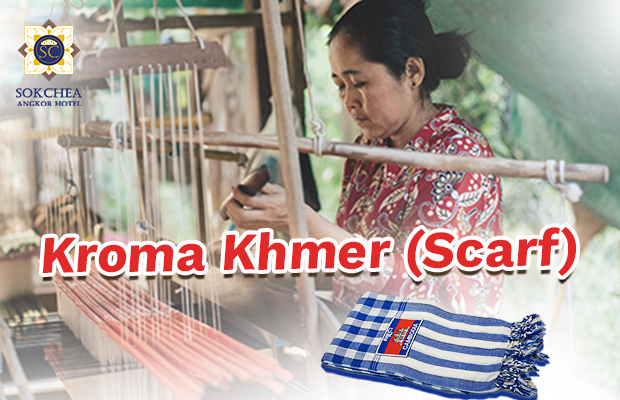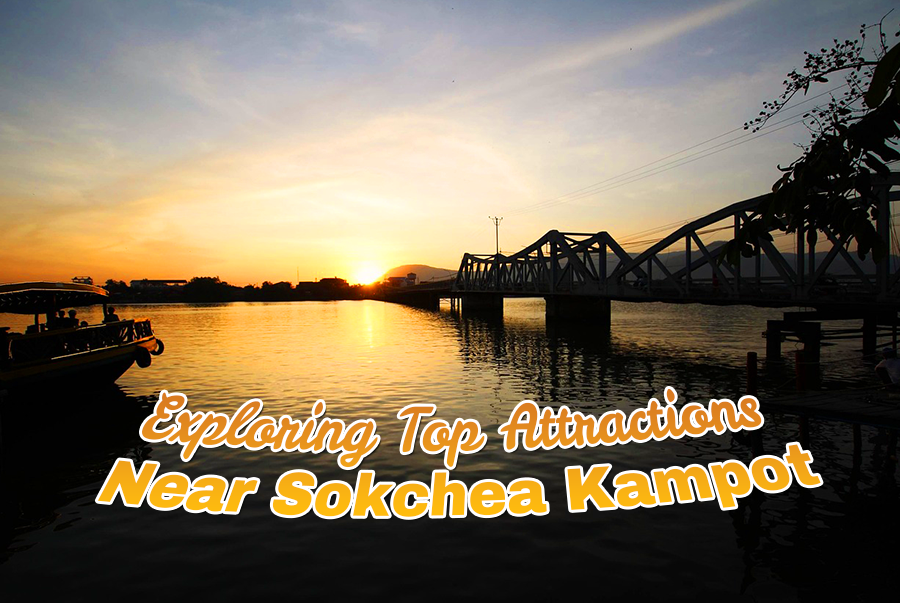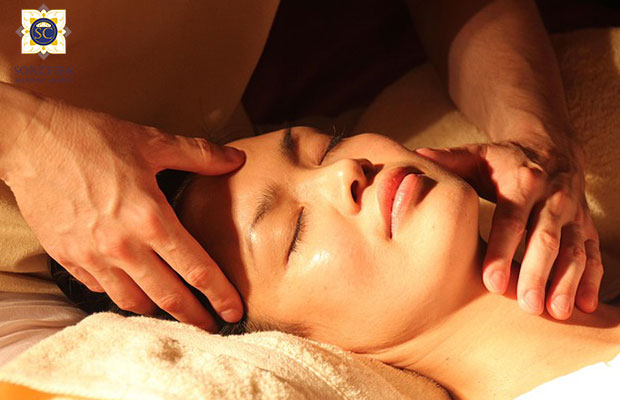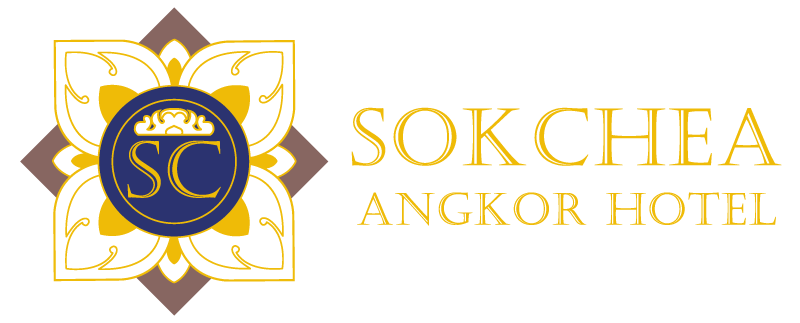Kampot, a charming riverside town in southern Cambodia, offers visitors a rich blend of cultural experiences shaped by its history, traditions, and vibrant community life. One of the most immersive ways to understand the heart of Kampot is through its local markets, where daily life unfolds with color, aroma, and warmth. The bustling Kampot Market serves as a cultural hub where vendors sell fresh produce, handmade crafts, and iconic regional goods such as Kampot pepper. Walking through the aisles, travelers can watch locals bargain, prepare ingredients, and share stories—an authentic glimpse into the rhythms of Cambodian life.
Beyond its markets, Kampot’s traditions are deeply rooted in Khmer culture. Many families continue to practice age-old customs, including preparing traditional meals, celebrating Buddhist festivals, and crafting artisanal products. Visitors may encounter monks collecting morning alms, a serene practice that reflects the town’s spiritual devotion. Seasonal festivals, such as Pchum Ben or Khmer New Year, bring entire communities together through music, dance, food offerings, and temple ceremonies, showcasing the strong bonds that hold Kampot’s society together.
Kampot is also known for its agricultural heritage, especially the production of the world-famous Kampot pepper. Visiting a pepper farm allows travelers to learn how this prized spice is cultivated, harvested, and dried using traditional methods passed down through generations. These experiences not only highlight Kampot’s cultural identity but also support local farmers and preserve long-standing traditions.
In essence, Kampot’s markets and traditions offer an authentic, meaningful window into Cambodian culture, making it a memorable destination for any traveler.










